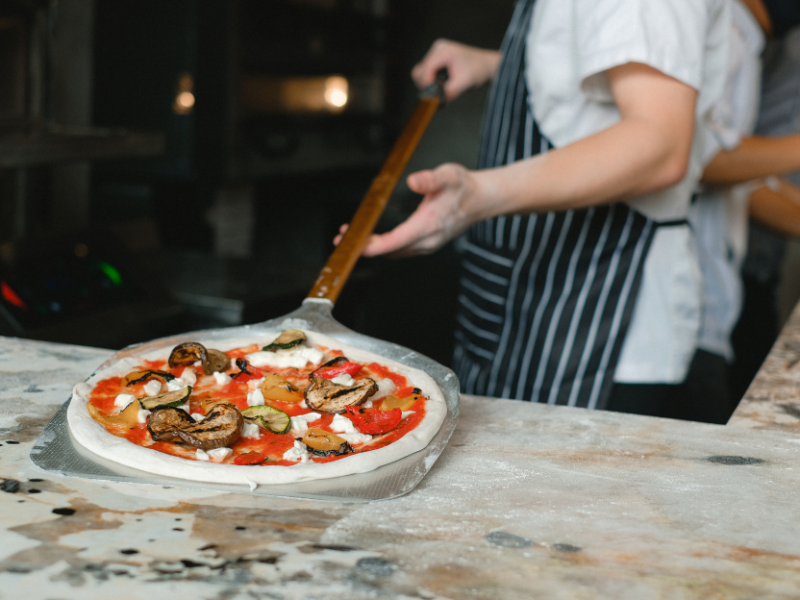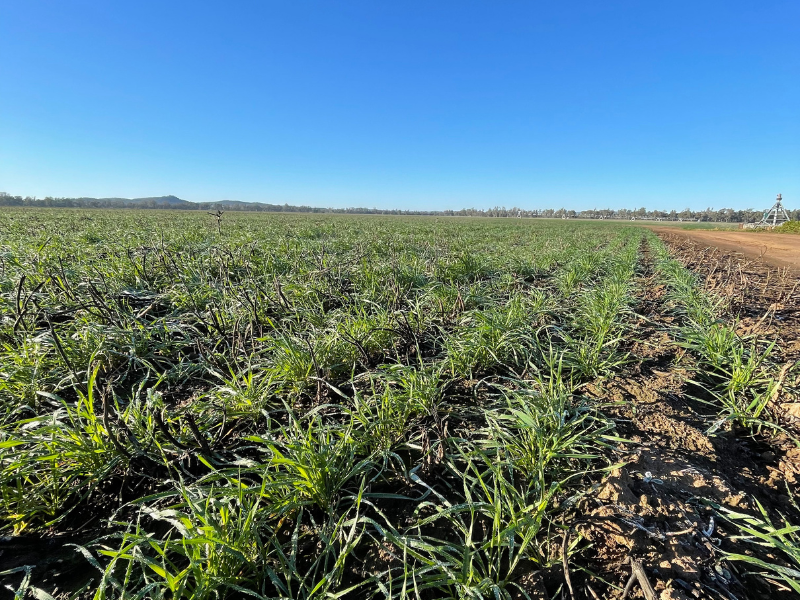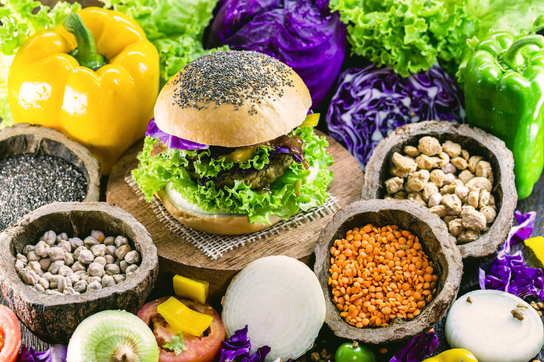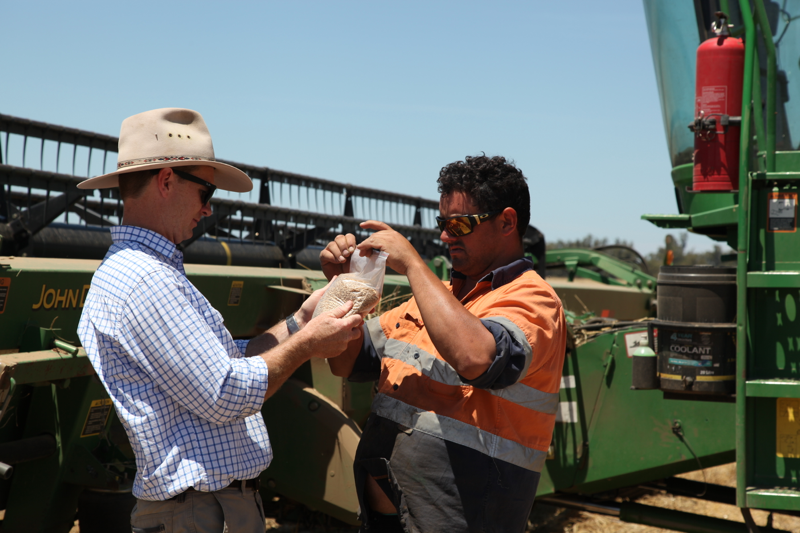
Where does our grain come from?
March 16, 2019
Ben Furney Flour Mills named La Porchetta Supplier of the Year!
March 27, 2019Why Control Finished Dough Temperature?
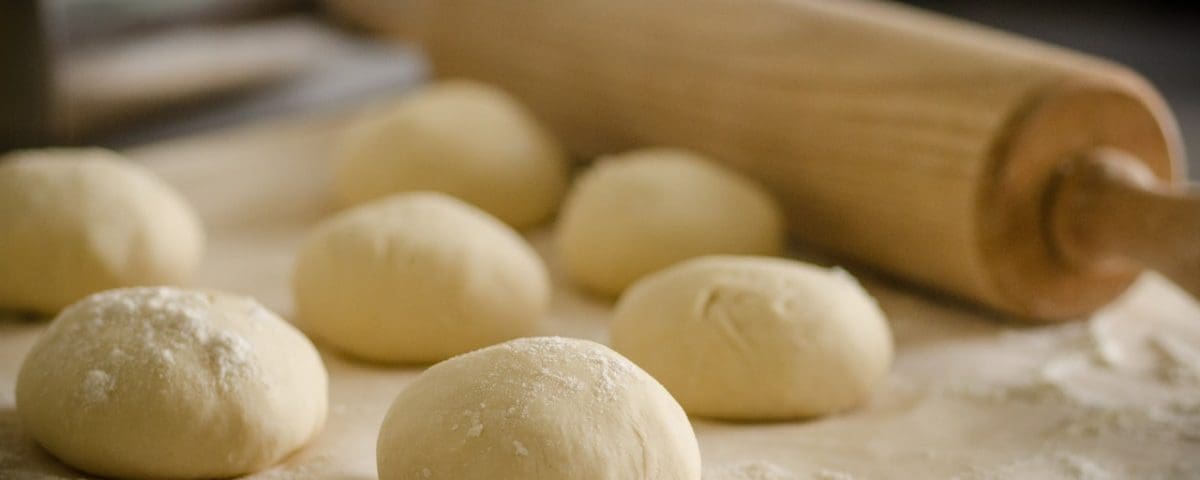
One of the most important skills a baker must learn is the ability to accurately control dough temperature.
The benefits are clear and immediate, temperature control plays a crucial role in:
- Time management – more predictability in the overall production schedule.
- Product consistency
- Crust, crumb, and flavor characteristics
- Shelf life
Temperature also affects gluten development:
- At warmer temperatures gluten in bread dough exhibits less elastic properties
- At cooler temperatures it exhibits more elasticity and even more stability.
- Optimum gluten development can be more difficult to achieve at either end of the temperature spectrum.
Download our guide to help you control your finished dough temperature.


